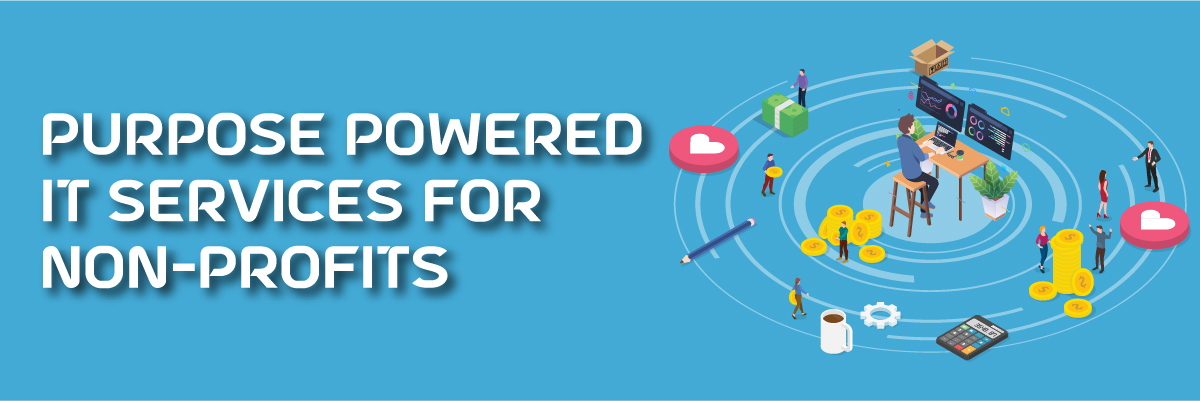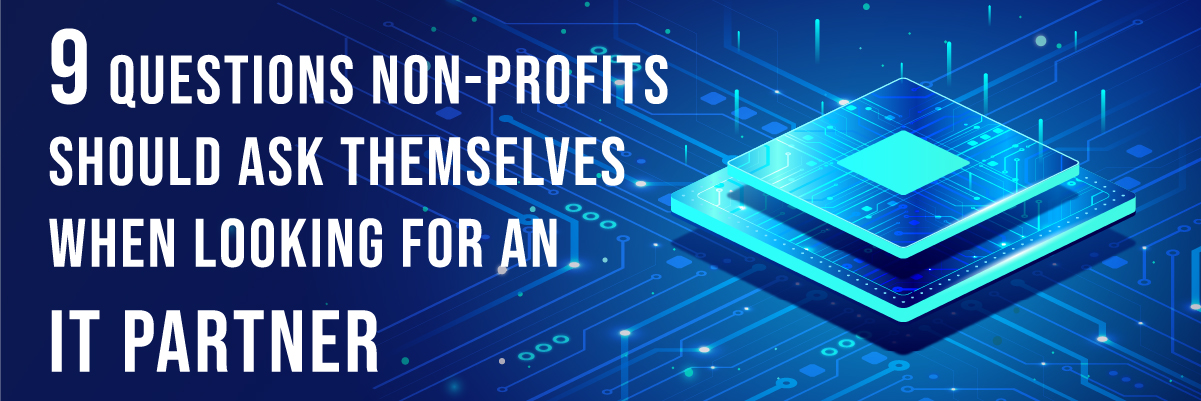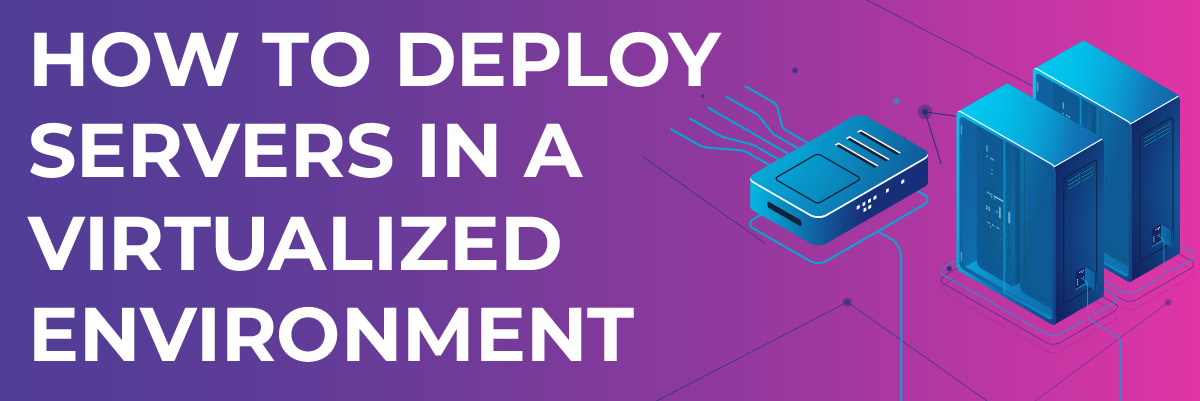How Law Firms Can Leverage Innovative Technology Solutions

How Law Firms Can Leverage Innovative Technology Solutions to Achieve Peace of Mind
The demands on legal professionals can be overwhelming. However, innovative technology solutions can help law firms overcome these challenges. Whether you’re a solo practitioner or a large law firm, the following will provide valuable insights into leveraging technology to improve your operations and achieve greater peace of mind.
The Challenges Faced by Law Firms
Law firms face many challenges. Here are some of the most common:
- Managing client expectations: Clients often have high expectations for their legal representation, which can pressure lawyers to deliver results. This pressure can cause stress and anxiety and impact lawyers’ and law firms’ overall peace of mind.
- Time management: Lawyers often have to juggle multiple cases and responsibilities, making it difficult to manage their time effectively. This can lead to missed deadlines, increased stress, and a feeling of being constantly overwhelmed.
- Security concerns: Law firms are often responsible for handling sensitive client information, which can make them a target for cyber-attacks. Security breaches can lead to a loss of client trust, reputational damage, and legal and financial repercussions.
- Communication challenges: Law firms must communicate effectively with clients, colleagues, and other stakeholders. Poor communication can lead to misunderstandings, delays, and missed opportunities, all of which can impact the overall success of the law firm.
- Compliance and regulatory issues: Law firms must comply with various regulations and requirements, which can be complex and time-consuming. Failure to comply with these regulations can lead to legal and financial penalties and damage to the law firm’s reputation.
Innovative Technology Solutions for Law Firms
Innovative technology can help firms overcome these challenges and achieve greater peace of mind. Here are six key technology solutions:
- Practice management software: Practice management software can help law firms manage their cases, documents, and time more effectively. These solutions typically include calendar management, document management, time tracking, and billing.
- Document automation software: Document automation software can help law firms create and manage legal documents more efficiently. These solutions typically use templates and automation to streamline document creation, reducing errors and saving time.
- Collaboration tools: Collaboration tools such as video conferencing, project management software, and instant messaging can help law firms communicate more effectively with clients and colleagues, regardless of location.
- Cybersecurity solutions: Cybersecurity solutions such as antivirus software, firewalls, and intrusion detection systems can help law firms protect against cyber threats and secure client information.
- AI-powered legal research tools: AI-powered legal research tools can help law firms conduct research more efficiently and accurately. These solutions typically use natural language processing and machine learning algorithms to analyse vast amounts of legal data and provide insights to lawyers.
- Virtual assistants: Virtual assistants such as chatbots can help law firms automate routine tasks and answer common questions, freeing time for lawyers to focus on more complex work.
 Three Law Firms that Have Successfully Leveraged Technology for Peace of Mind
Three Law Firms that Have Successfully Leveraged Technology for Peace of Mind
Womble Bond Dickinson: A law firm with offices in the US and UK, implemented a cloud-based practice management system to help manage their cases, documents, and time more effectively. The system also includes document automation tools, making creating and managing legal documents easier. As a result, the firm has improved its efficiency and reduced errors, leading to greater peace of mind for its lawyers.
Atrium: Atrium, a California-based law firm, uses AI-powered legal research tools to help its lawyers conduct research more efficiently. The tools analyze vast amounts of legal data and provide insights to lawyers, allowing them to make more informed decisions. As a result, the firm has improved the accuracy and speed of its research, leading to greater peace of mind for its lawyers and clients.
Nixon Peabody: This global law firm implemented a cybersecurity solution to protect against cyber threats and secure client information. The solution includes firewalls, intrusion detection systems, and other security measures to prevent unauthorized access to client data. As a result, the firm has improved its cybersecurity posture, reducing the risk of data breaches and giving its lawyers and clients greater peace of mind.
Best Practices for Implementing Technology Solutions in Law Firms
Implementing technology solutions in law firms can be challenging, but following best practices can help ensure a smooth and successful implementation. Here are some best practices for implementing technology solutions in law firms:
- Assess your needs: Before implementing any technology solution, it’s essential to assess your needs and identify the areas where technology can help you the most. This can help you choose the right solutions and save time and resources on solutions that don’t meet your needs.
- Involve stakeholders: It’s essential to involve all stakeholders in the implementation process, including lawyers, IT staff, and support staff. This can help ensure that everyone’s needs are considered, and that the solution is tailored to the law firm’s needs.
- Choose the right solution: Many technology solutions are available for law firms, so it’s important to choose the right one for your needs. Consider cost, features, ease of use, and compatibility with existing systems.
- Train your staff: Implementing a new technology solution can be challenging, so it’s important to provide training and support to ensure they can use the solution effectively. This can help avoid frustration and ensure a smooth transition to the new system.
- Monitor performance: Once the technology solution has been implemented, monitoring its performance and gathering stakeholder feedback is important. This can help identify areas for improvement and ensure that the solution continues to meet the law firm’s needs.
Pick the Right Technology Partner for Your Law Firm
As a leading provider of IT services for the legal industry, Protected Harbor has helped numerous law firms achieve peace of mind. With a 95% client retention rate, Protected Harbor’s technology solutions have helped law firms improve their efficiency, reduce errors, and protect against cybersecurity threats.
If you’re looking to improve your peace of mind, consider contacting Protected Harbor to learn more about their technology solutions. Protected Harbor can help you implement the right solutions to meet your needs, from cloud-based practice management systems to AI-powered legal research tools.
Contact Protected Harbor today to learn more. Your peace of mind is just a few clicks away!











 Cybersecurity
Cybersecurity

 Flexibility: There are many ways to solve IT issues, and we know that. However, your IT team should be deploying solutions that can solve multiple problems. For example, when upgrading to a new system, your IT partner may recommend or automatically add multi-factor authentication to your new system, increasing security. They should automatically find ways to solve future potential problems even if they don’t exist yet.
Flexibility: There are many ways to solve IT issues, and we know that. However, your IT team should be deploying solutions that can solve multiple problems. For example, when upgrading to a new system, your IT partner may recommend or automatically add multi-factor authentication to your new system, increasing security. They should automatically find ways to solve future potential problems even if they don’t exist yet.




 IT Updates for Tech Leaders
IT Updates for Tech Leaders

 What To Look for in a Great IT Support Team?
What To Look for in a Great IT Support Team?




 Common Challenges of Deploying Servers in Virtualized Environment
Common Challenges of Deploying Servers in Virtualized Environment